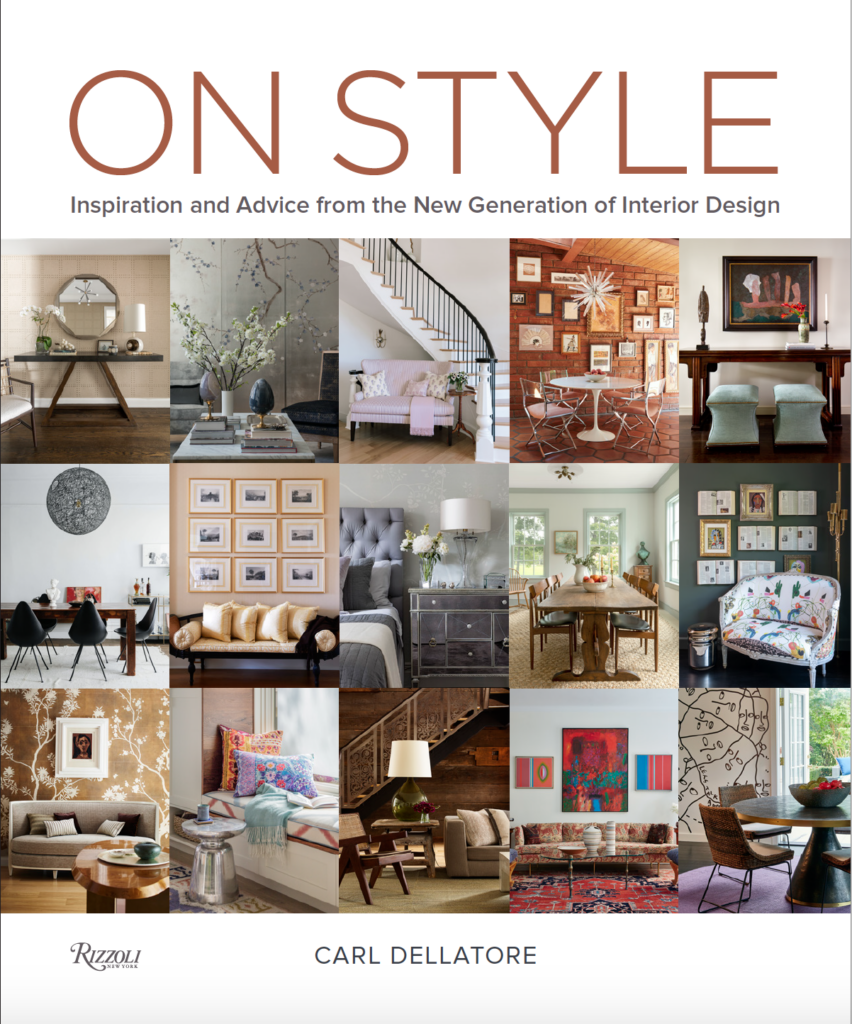
Introduction
© Carl Dellatore, September 24, 2019. Rizzoli New York
When talking about design, some critics say, “We have seen everything before. There’s really nothing new being created.” On a granular level, I’m inclined to agree.
But interior design has always been defined by its moment in time, generational movements that are, in turn, shaped by culture, economics, and fashion. For example, in the 1970s industrial minimalism was au courant. In the early 1980s, many decorators were putting their own spin on British or French design. Concurrently, other designers created rooms that celebrated juxtaposition: Lucite with floral chintz; streamlined Parsons tables with eighteenth-century Irish chairs. This set the stage for the eclecticism of the high-flying 1990s.
The rise of the Internet at the turn of the twenty-first century provided a proliferation of visual information to drive the eclectic movement. Glorious Moroccan color palettes, sleek mid-century Italian silhouettes, and the patina associated with Japanese wabi-sabi are just a few of the ideas designers freely incorporated into their work. With so many concepts in the mix, interior design increasingly became reflective of a global view.
That brings me to this book.
In choosing fifty designers who represent the next generation of interior design, I began by doing research. Who has great style? Who has something visually interesting to say? Who is moving the discipline forward?
As I sifted through the finalists, I found that there was no one style of design that captured today’s moment. Instead, in what feels like a natural progression from eclecticism, there is a proliferation of aesthetic diversity. Words like contemporary or classic feel too limiting. We need a broader vocabulary to describe design today. Among the designers featured in this book, there are the New Traditionalists, who pay homage to classic design while responding to societal changes; the Modern Minimalists, who seek to create sanctuary to balance frenetic lives; the Saturated Colorists that conjure new palettes; the Casual Bohemians, who mix humble furnishings in exciting ways; and devotees of masculine restraint and urban chic.
Now, make no mistake: interior design’s function will always be to provide a personal backdrop for the business of living, and Louis Sullivan’s famous “form follows function” edict remains prescient. But there’s a new freedom in interior design. We may have seen it all before, but the variety of aesthetic lenses through which designers see interiors is expanding exponentially and in tandem with the technological advances of the twenty-first century.
As you read the profiles of the fifty designers included in this book, with their thoughts on their influences and inspiration, color and key elements, it’s my sincere hope that their answers, in concert with stylish images of their work, will inspire and delight you. Because in the end, isn’t that what great design is all about?
Purchase On Style: Inspiration & Advice from the New Generation of Interior Design